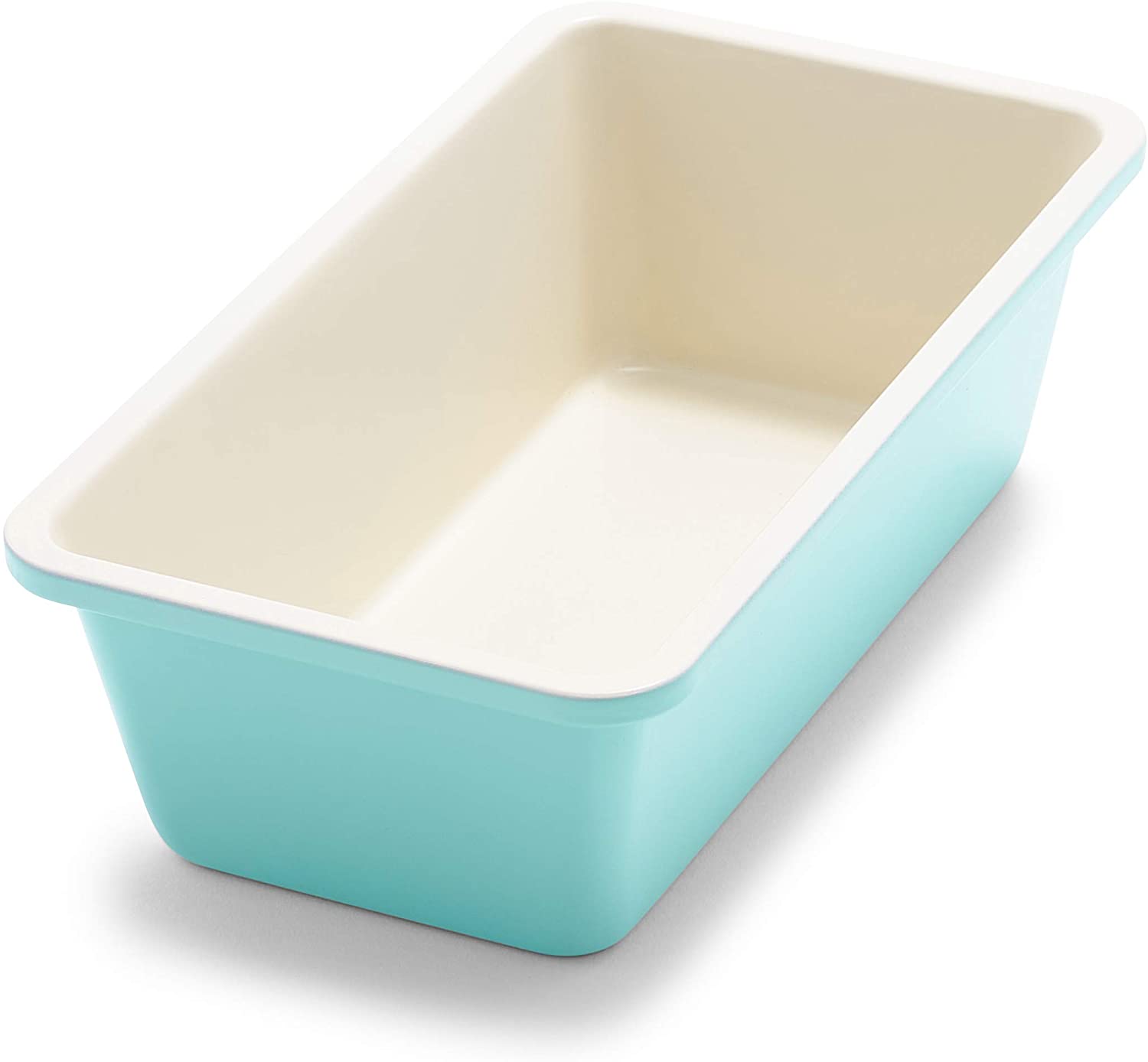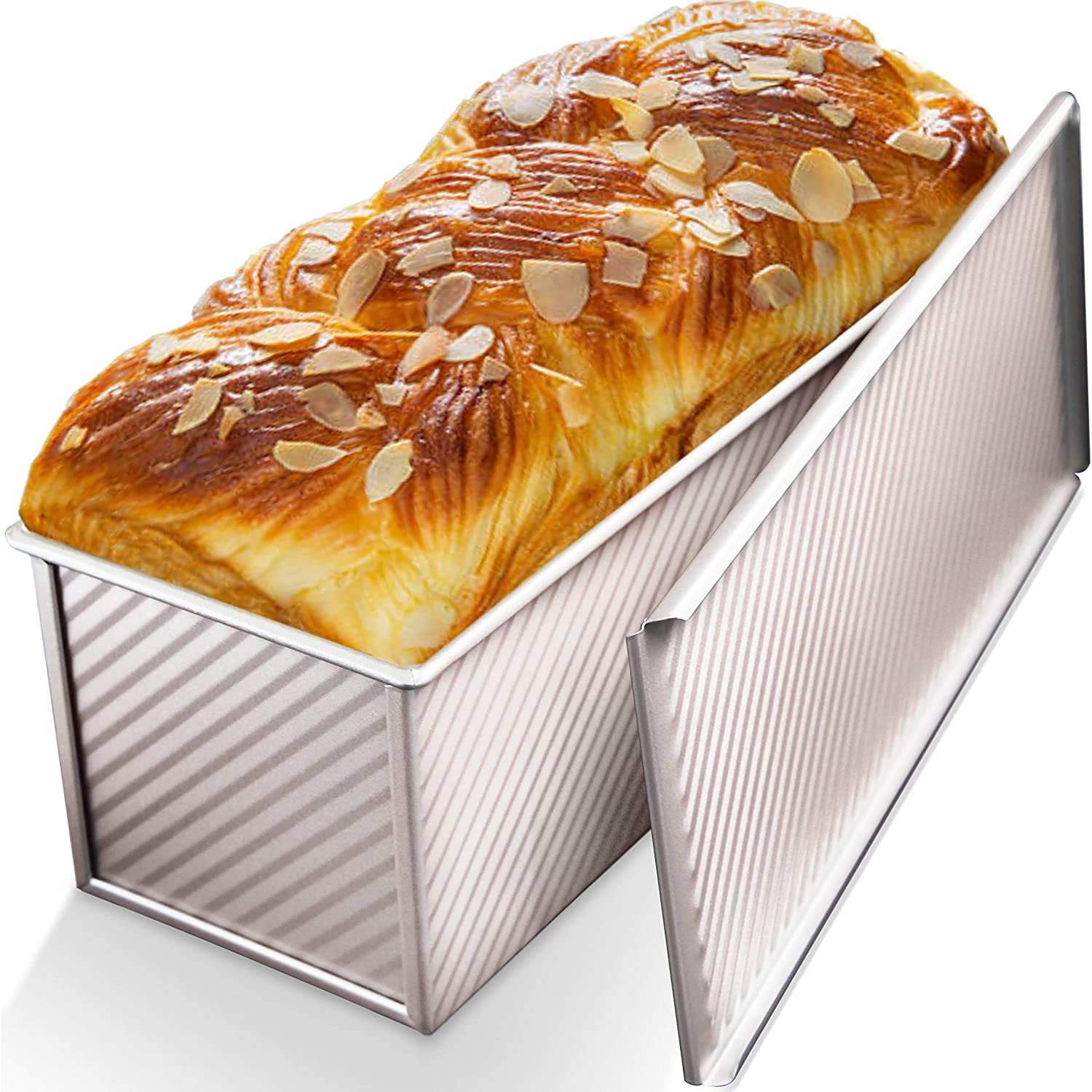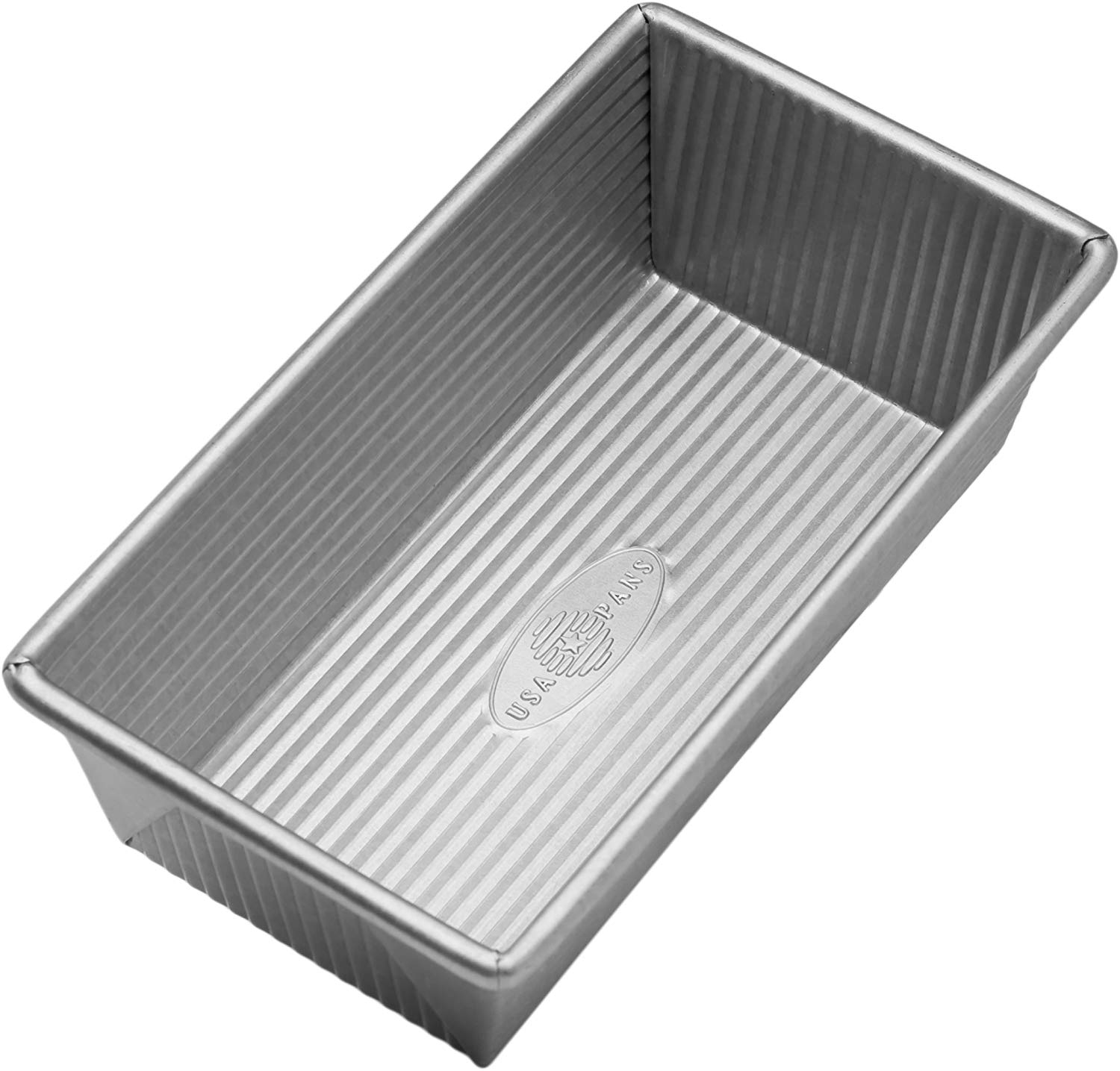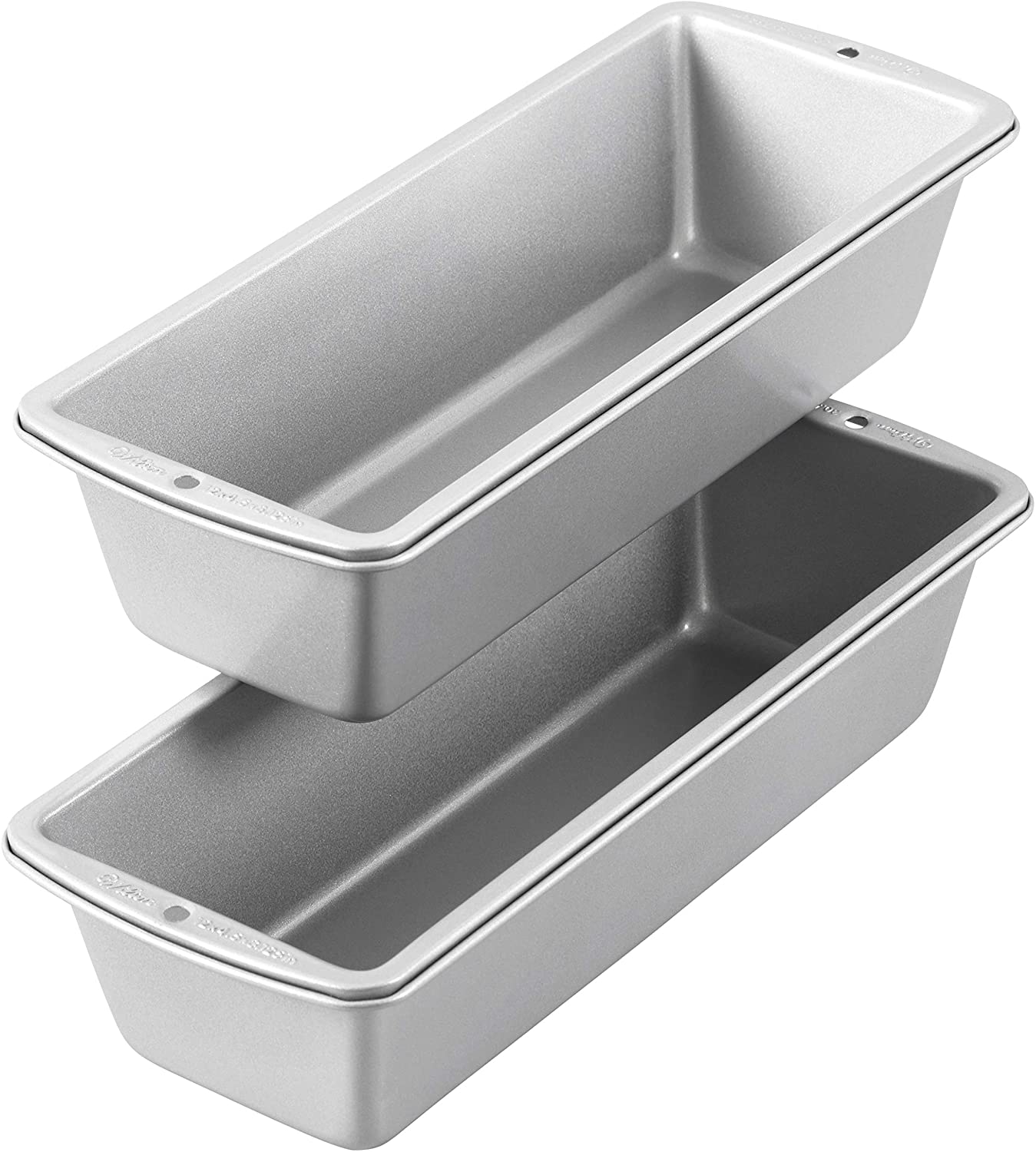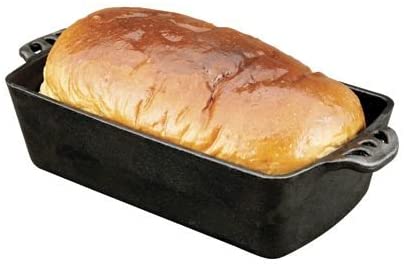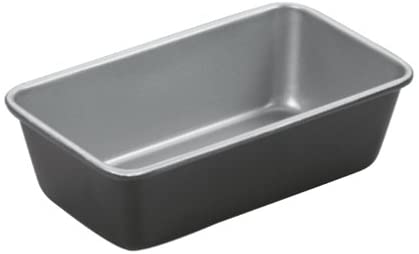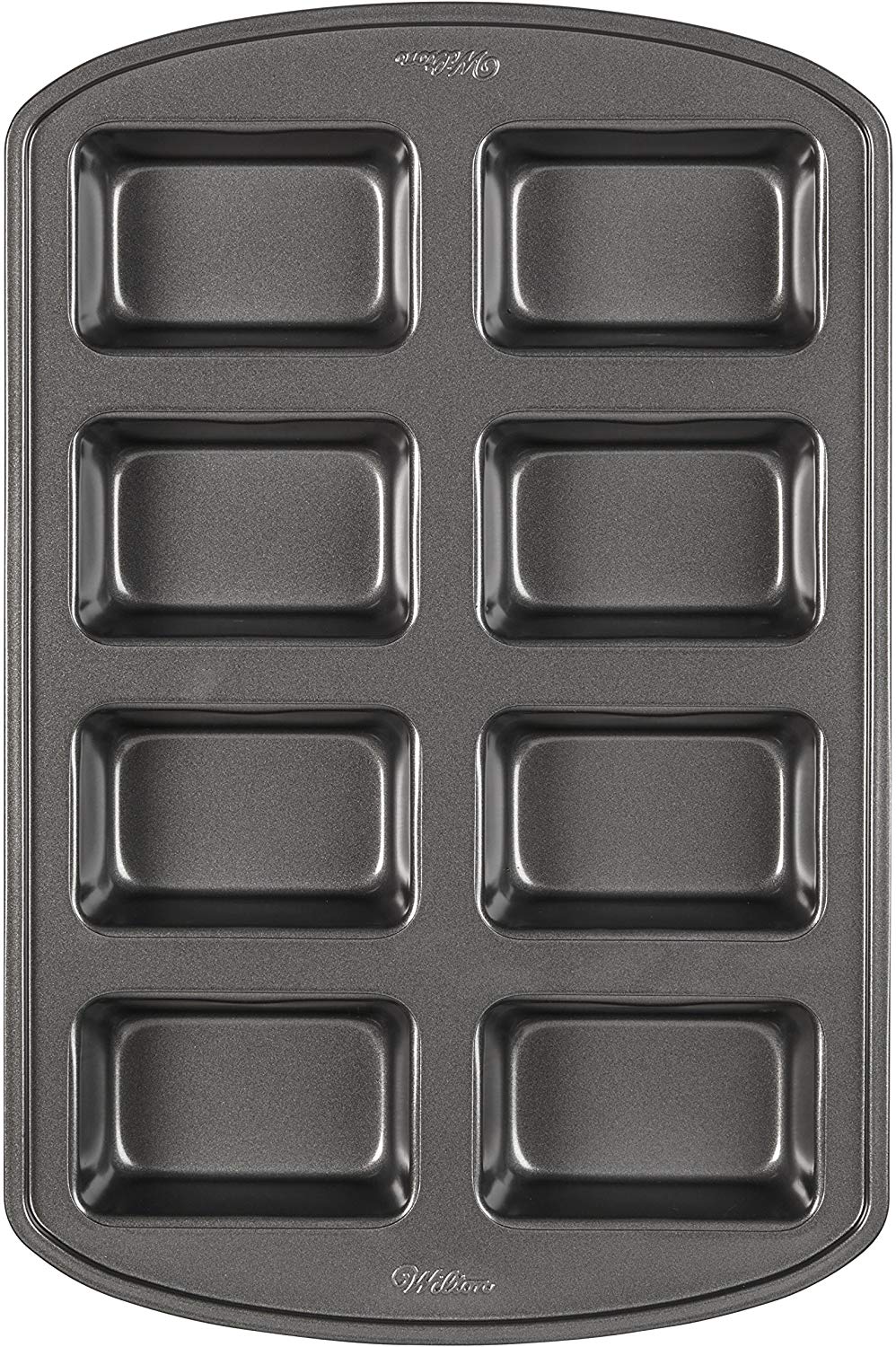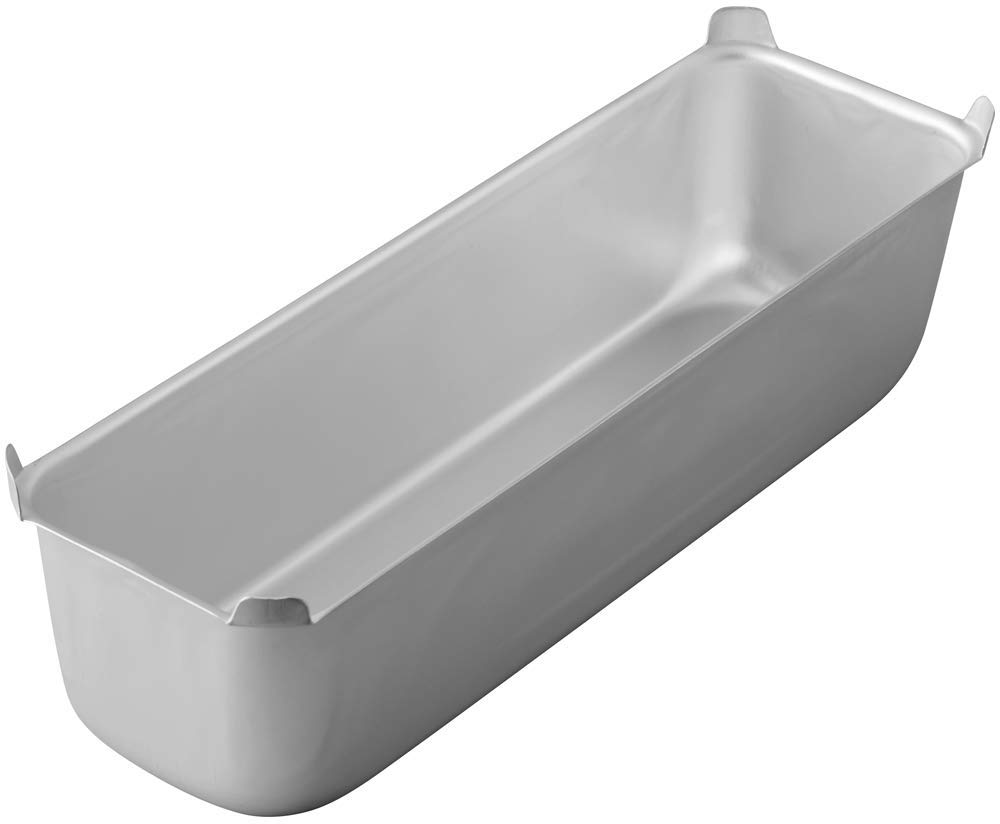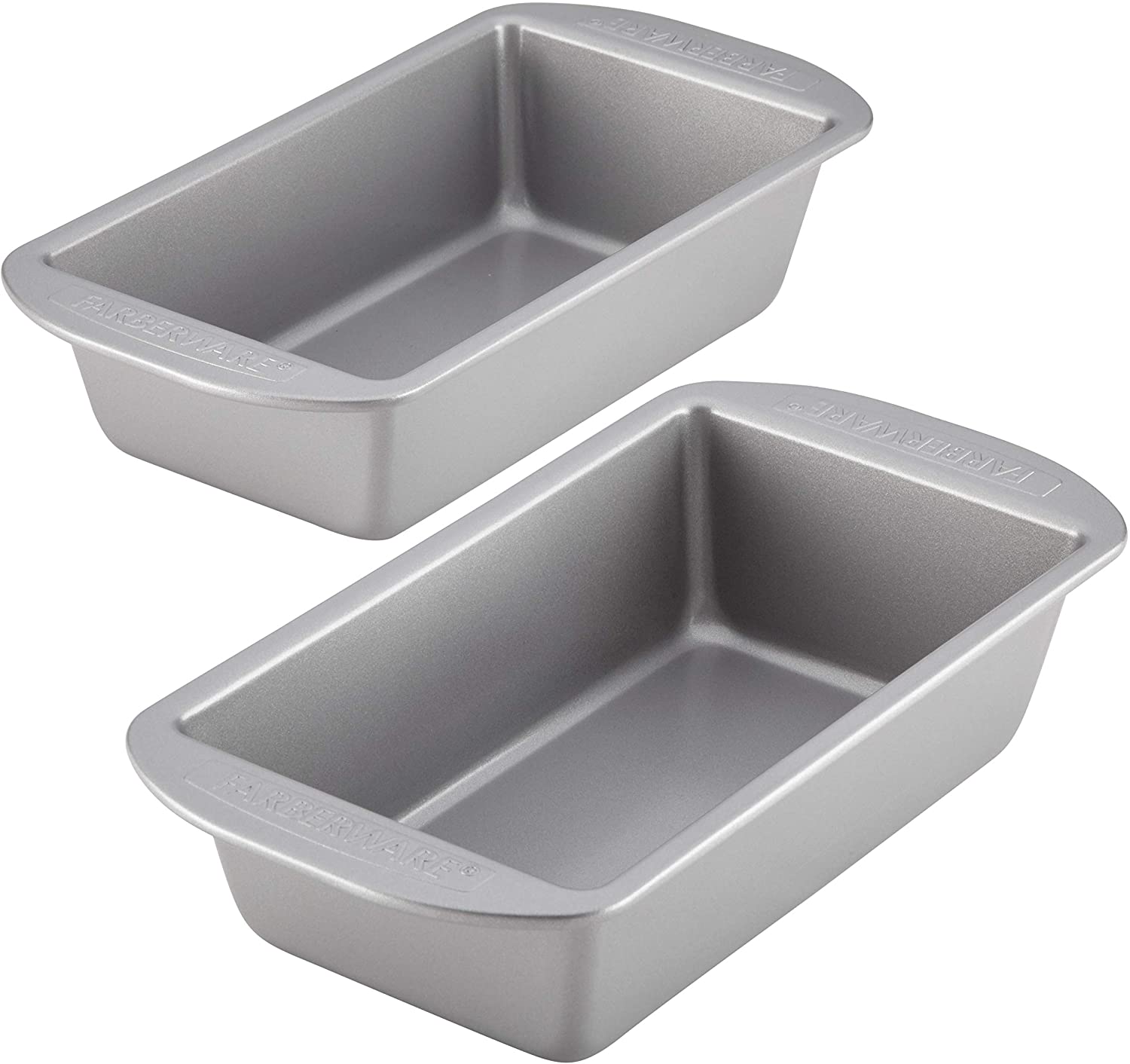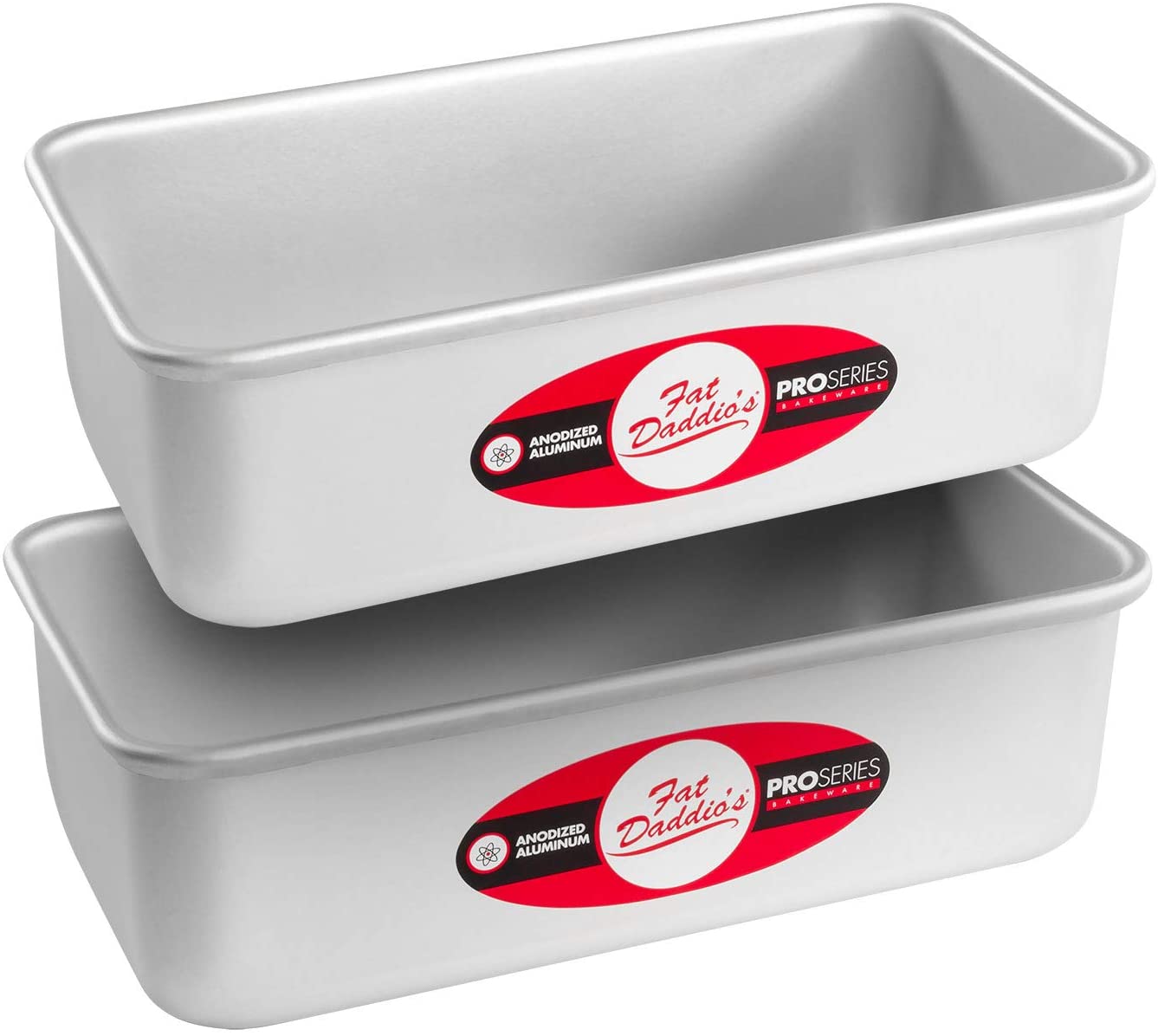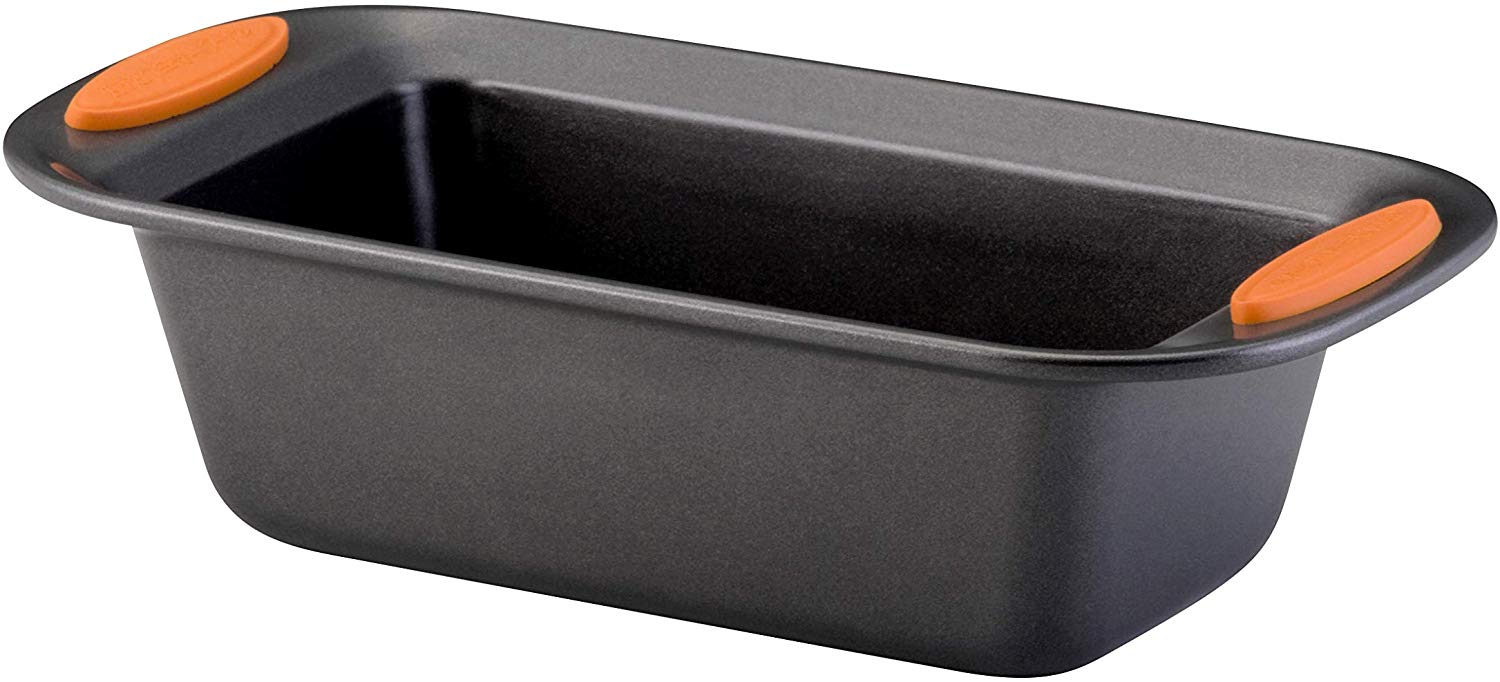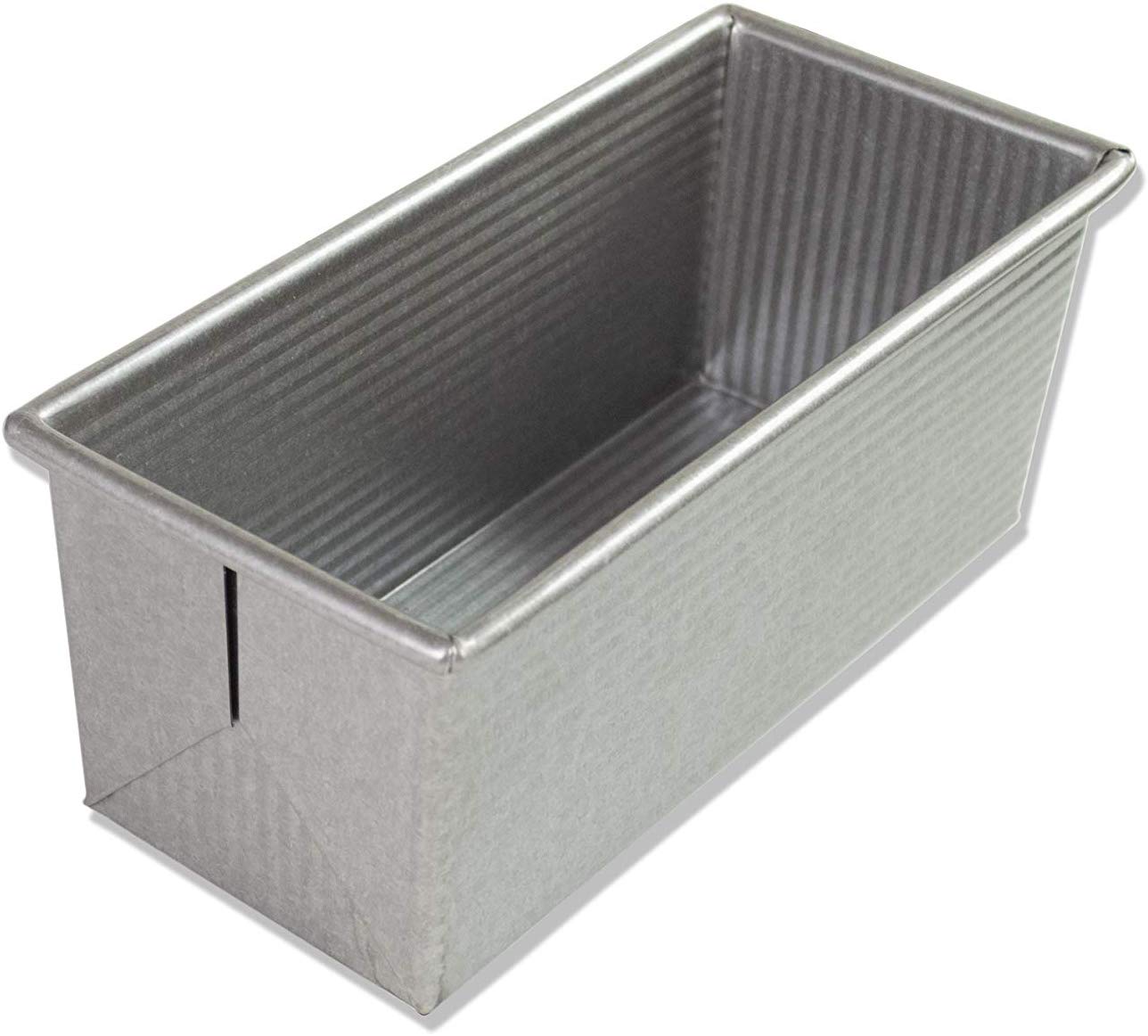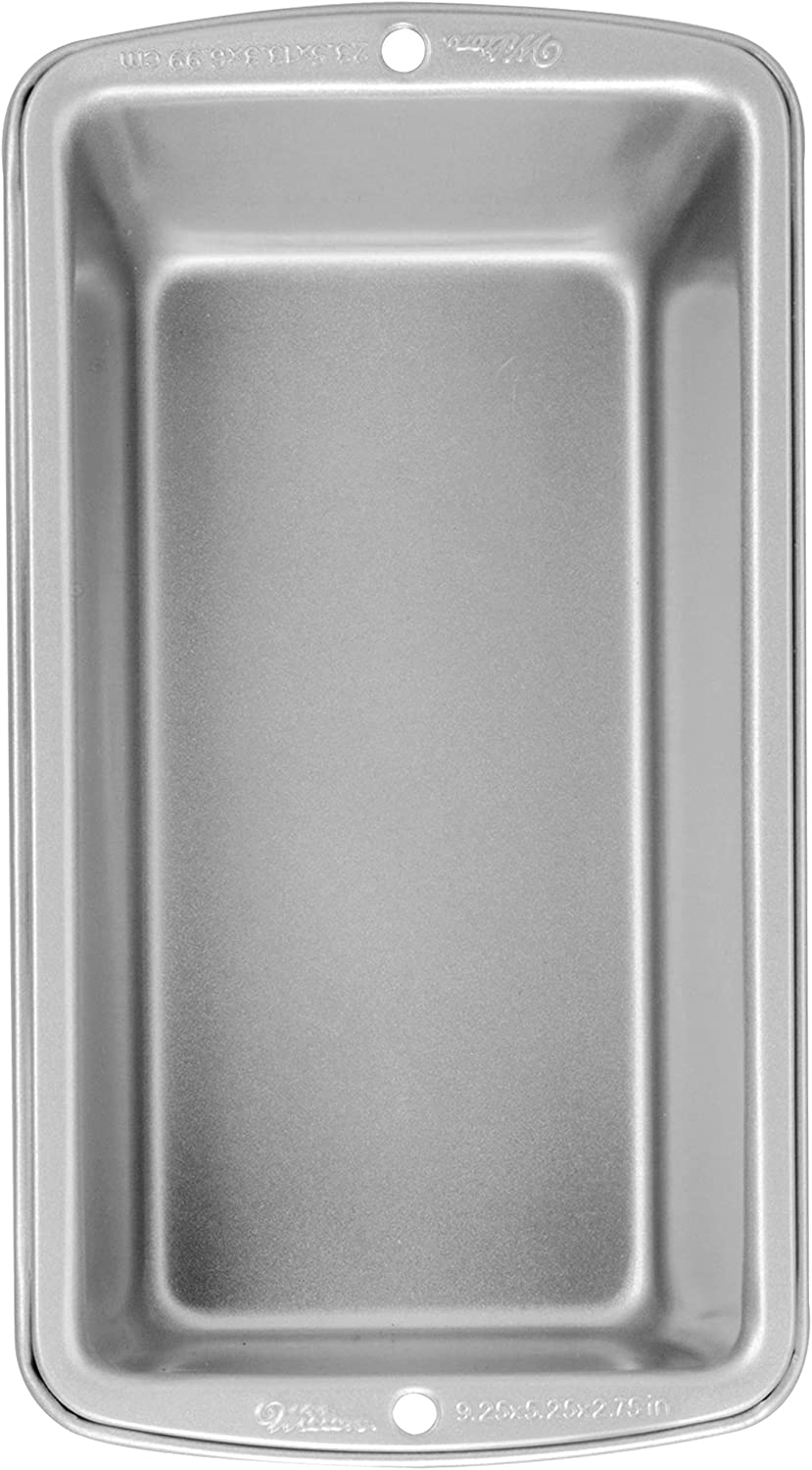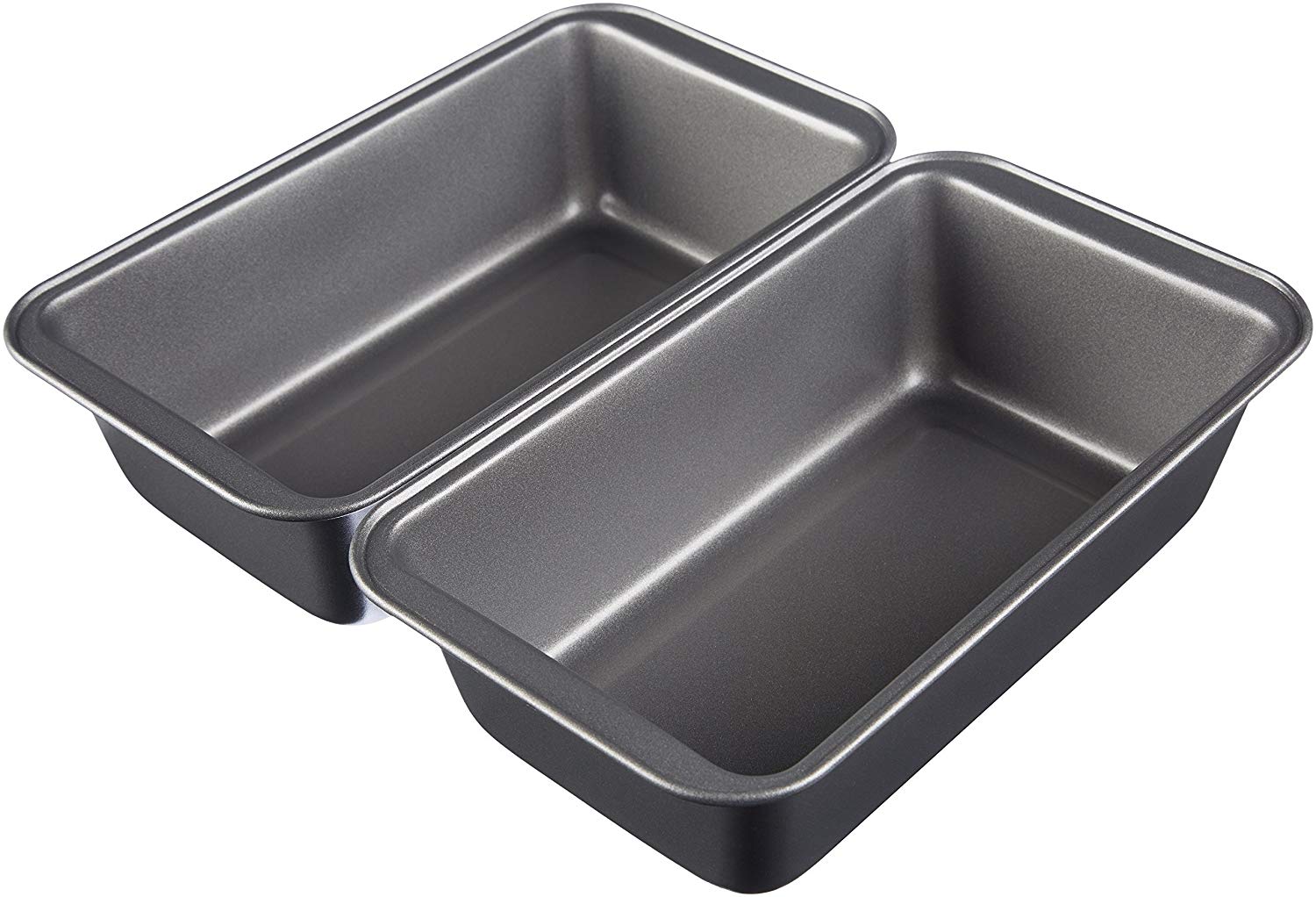GreenLife BW000052-002 Ceramic Nonstick Bread And Loaf Pan
Last updated: July 8, 2021
Food slides out easy from this bread and loaf pan, which is coated with a non-toxic ceramic material. The pan itself is designed for fast and even heat distribution for a perfect bake every time. You will need to hand-wash this pan to protect the natural nonstick coating.
We looked at the top Bread And Loaf Pans and dug through the reviews from some of the most popular review sites. Through this analysis, we've determined the best Bread And Loaf Pan you should buy.
Product Details
Key Takeaway: You won't have to worry about toxins leaching into your food with this bread and loaf pan, which features a healthy ceramic nonstick coating.
In our analysis of 72 expert reviews, the GreenLife Ceramic Nonstick Bread And Loaf Pan placed 6th when we looked at the top 16 products in the category. For the full ranking, see below.From The Manufacturer
The GreenLife bakeware collection in vivid turquoise will inspire your inner baker! Perfect for sweet or savory dishes, the loaf pan is complete with premium bake ceramic non-stick coating that allows for effortless food release and easy clean up and is manufactured without PFAS or PFOA. Eye-catching bodies are constructed with heavy duty steel for fast and even heat distribution and are oven safe up to 450°F. Extra crispy baking results will wow your guests and keep them coming back for more. Enjoy every second in the kitchen with GreenLife bakeware.
